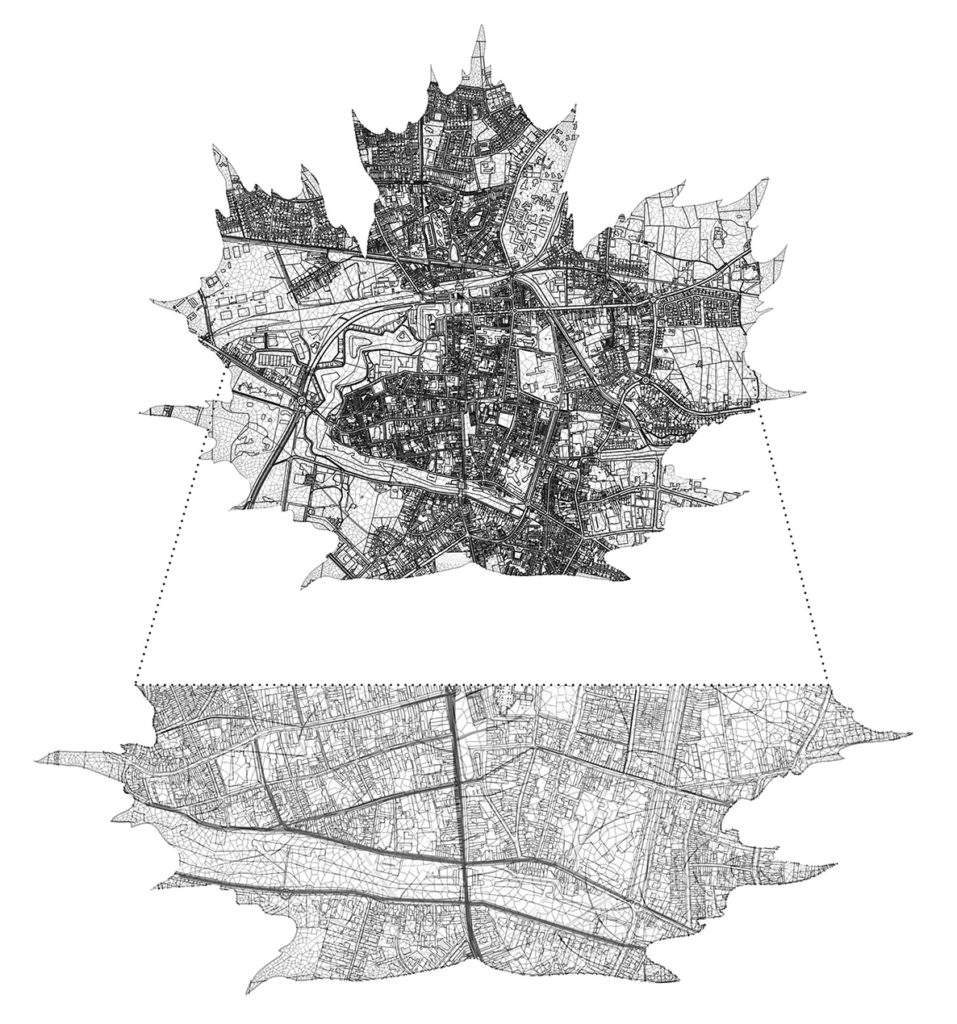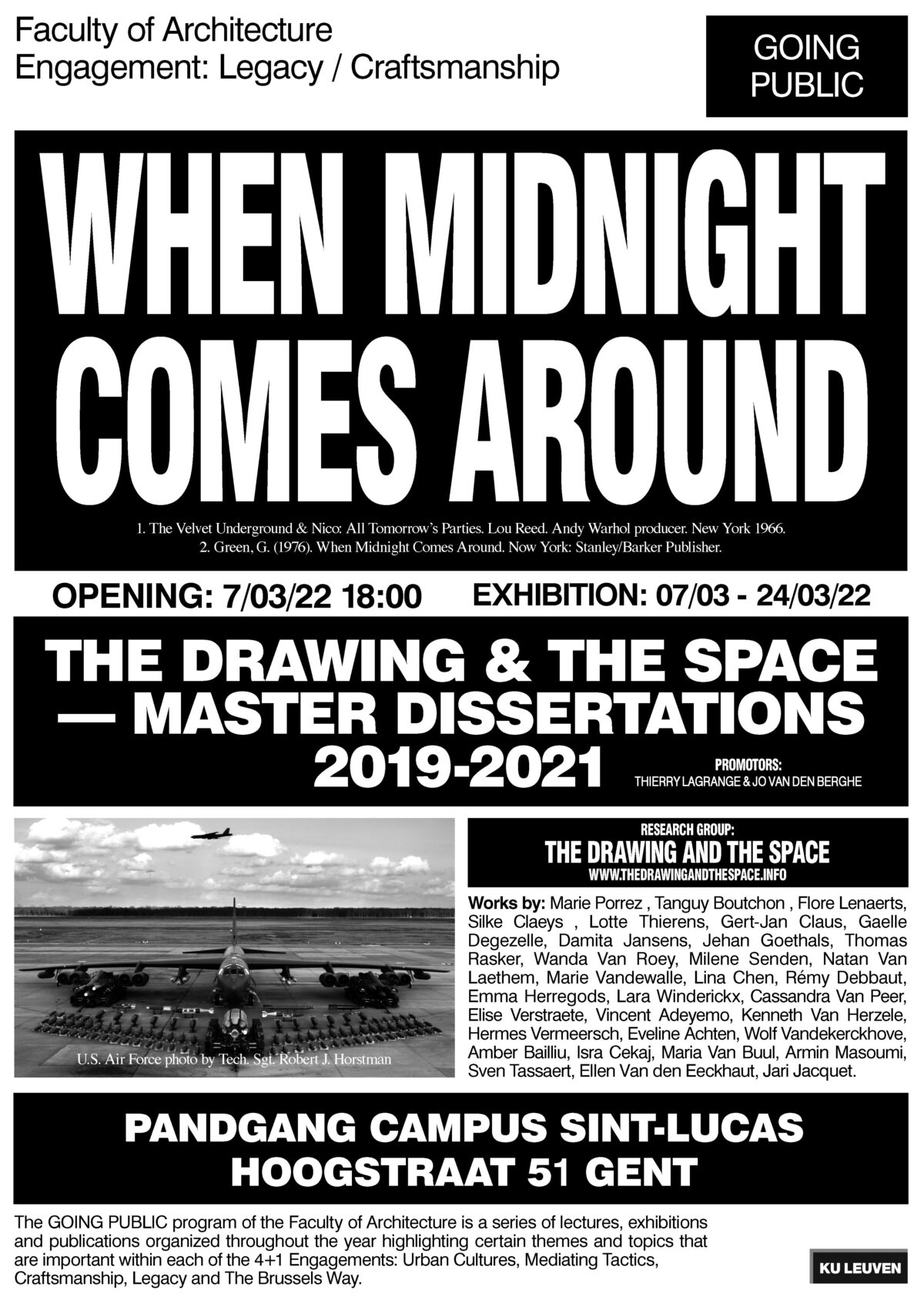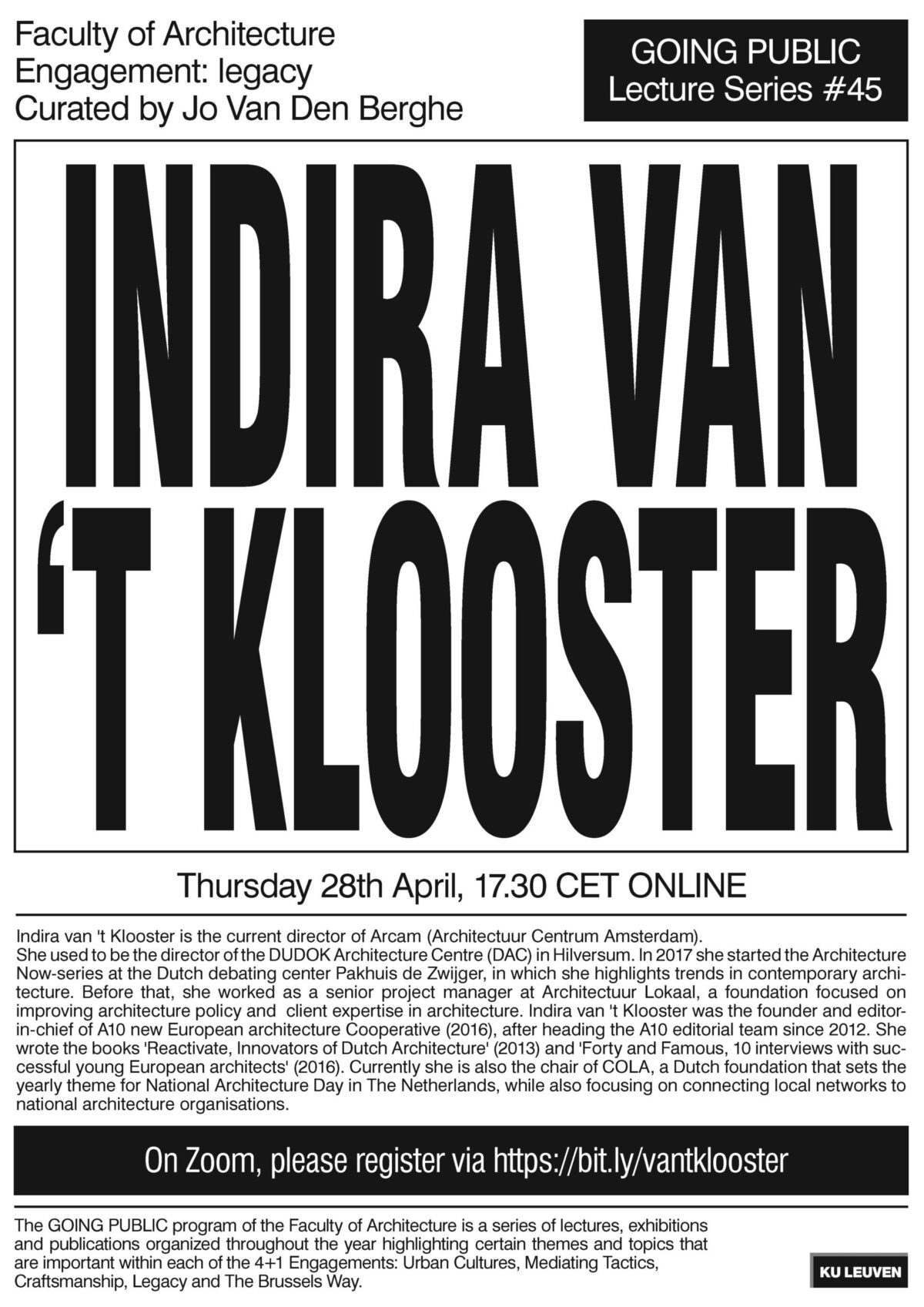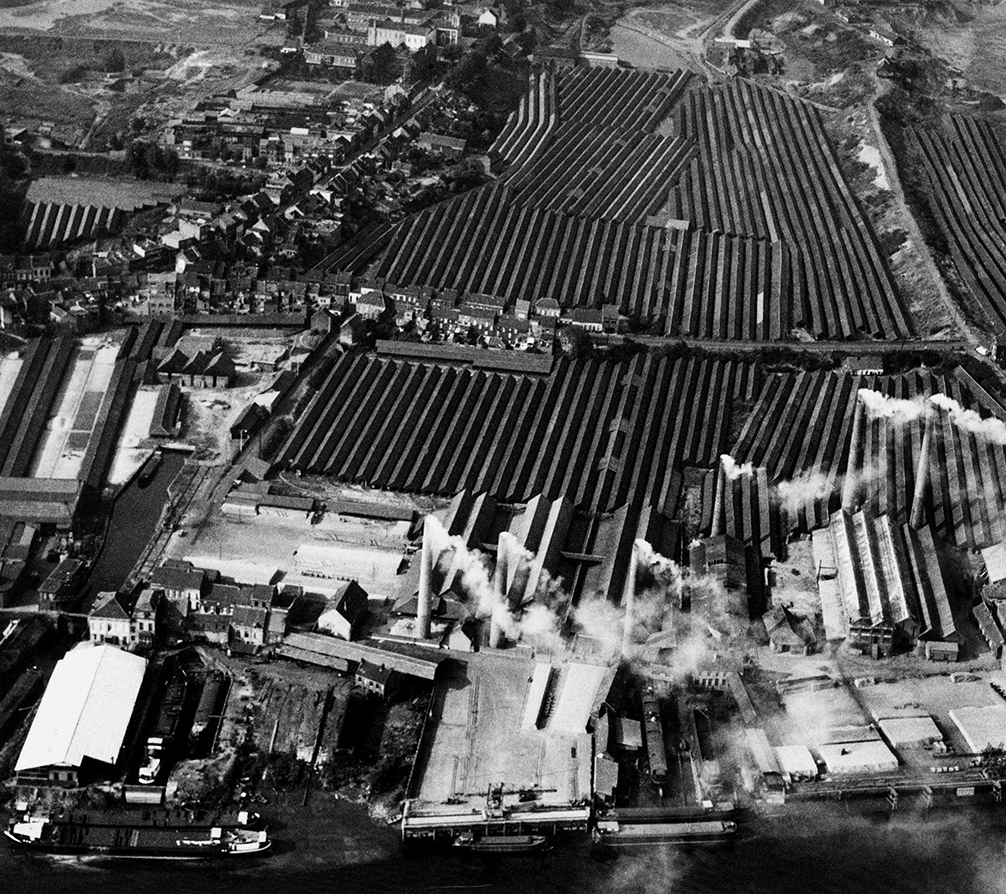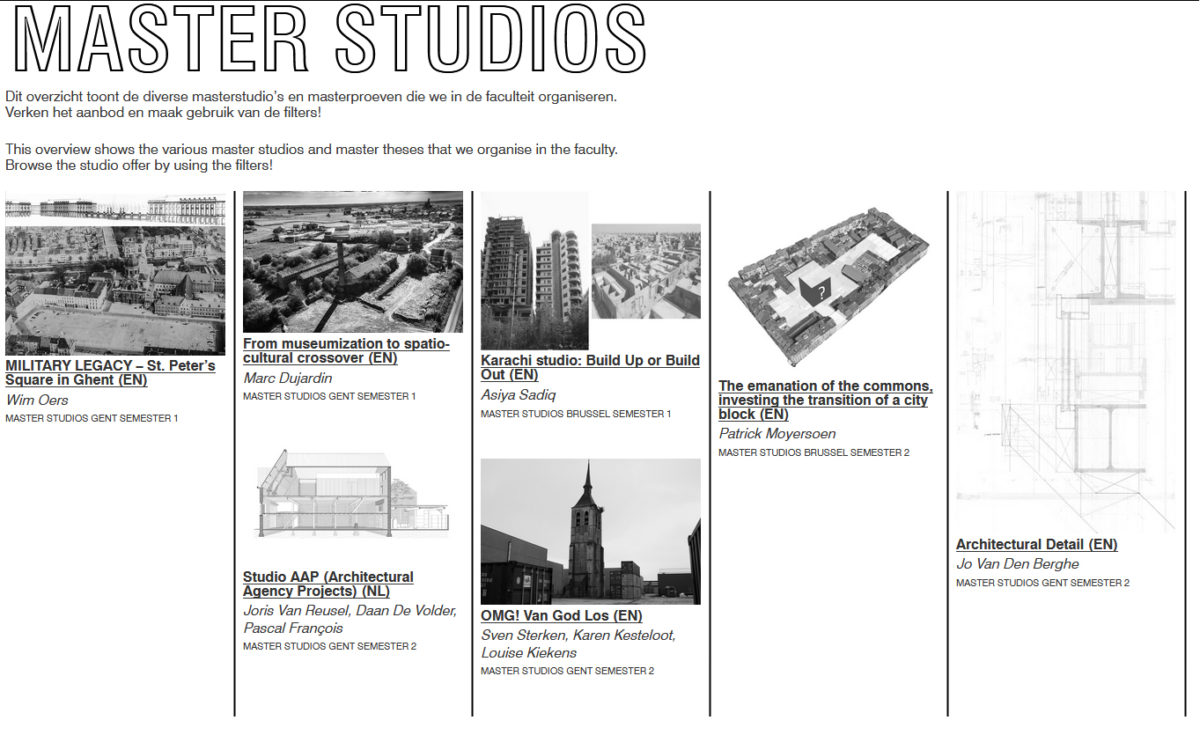-
A post-debate concern
Topic for the debate only
“RUIN-CARNATING architectures as built signs of connectedness”,
a reflection from a multidisciplinary perspective
For the earlier editions, the half an hour ‘debate’ moment per engagement was organized as an overview of the several design studio programs residing under the umbrella of each of the thematic groups.
For this academic year, we assumed that this particular information be explored on the ‘blog’ by the students themselves, and in so doing leave time for a longer reflection moment about one particular issue, inherent to the engagement – contested LEGACY.
Since our two panel speakers, culture anthropologist prof. Patrick Devlieger (RICC-KU LEUVEN) and architect and young conservation expert Laurens Vandewyngaerde (SUM research & Design) happen to currently work on the related topic of ‘colonial and post-colonial’ heritage, IT SHOULD BE CLEAR TO ALL OF US (partaking teachers of the engagement and interested students) THAT THIS SINGLE SUB-TOPIC DOES NOT REPRESENT THE MAIN THEME OF THIS YEAR’s PROGRAM. Well on the contrary.
I you visit all of the studio’s brief’s with attachments, perhaps only colleague Wim OERS’ “Contested Colonial Legacy: Memory contested, locality transformed” will touch upon the subject of colonial and post-colonial issues from the perspective of heritage. All the other design studio proposals within our engagement, from Gisèle GANTOIS’ “Church ain’t out ‘til they quit singing”, Marc DUJARDIN’s “From museumization to hardcore heritage”, Joris REUSEL, Pascal FRANCOIS & Daan DE VOLDER’s “Architecture as game changer “, Patrick MOYERSOEN & Sabine WOUTER’s “The emanation of the commons” to Jo VAN DEN BERGHE’s “The architectural detail” represent a wide and attractive spectrum to connect, widen and strengthen yours skills as ‘culture geared’ designers of the future.
For the moment I am leaving aside the even more rich offer of the Master Dissertation programs within this engagement. In due time I will report on master dissertation programs and teachers separately.
We as team, are more than ready to trigger your ‘eagerness to learn’ to coach you in the semesters ahead make usage of various teaching modes (from ‘on campus’ over ‘hybrid’ to ‘online’ teaching modes – see ETCS files).
As the new curator I am indebted to Gisèle for shaping the engagement mission statement to date.
For future editions, I would like to introduce the entire offer of the LEGACY engagement program in the way co-authored books are introduced, connecting specific teacher expertise, background and studio program to the shared permanent and temporal theme (e.g. ‘contested’ LEGACY). Upon completion of all the studio’s, the outputs by you may well form THE MOST IMPORTANT contribution and evidence to valorize and critically revisit the LEGACY program, but even more important to honor your hard work by benchmarking, publishing and exhibiting the ‘best practice’ projects as ambassadors of our faculty.
Wish you all the best,
Jo Van Den Berghe
Curator LEGACY
_ _ _ _ _
This engagement departs from the traditional focus on the built or unbuilt dichotomy when dealing with heritage. The interaction with cultural heritage, which is material – tangible and intangible – that signifies a culture’s history or legacy, with its activating, generating and inspiring appearance, addresses the past, present and future simultaneously. It emphasises both stability and dynamics, enclosure and openness. In that sense, cultural heritage can be considered as a force of change to welfare and societal sustainability instead of having a purely material approach where heritage is only subject of change.
Heritage is always contested in one way or another and it always conveys a negative sentiment to some extent. The most comprehensible meaning is in the sense that some buildings, monuments and places sometimes bring us face to face with parts of our history that are painful, or shameful. Over time, they became symbols of injustice for many people. But some of our buildings, monuments and places are contested because they block new development plans, or because they evoke a ‘wrong’ connotation or because they belong to the ‘wrong’ architectural period or represent ideas which are no longer accepted or simply because they do not longer meet current standards.
We can choose to remove those sites, which have become contested. However, by learning how to observe and experience existing (infra-) structures and cultural landscapes, we might come to thought-provoking insights and long-lasting and powerful reinterpretation, adding new layers of meaning, leading to substantial, (socially) sustainable interventions and dialogues. History can be an element of sublimation as an active partner that leads to wondering, excitement and expertise and induces a process of becoming conscious of what a social, cultural and ecological context really is.
Heritage is therefore a place of radical possibility
The research and design approaches in the studios linked to Legacy are strongly design-driven. Design is investigated as a possibility, as a solution and as an imagination. The approaches are active, context-related with an anthropological (socio-spatial) and (landscape-) ecological focus. They touch a multiplicity of themes and use methods of different domains such as architecture, landscape, urban and history studies and social sciences. With an agonistic approach, the different studio’s don’t aim so much to come to a status quo but they are on the contrary inhabited by pluralism marked by an openess towards different critical voices. In this way students become acquainted with the value of different areas of expertise and, most importantly, their own value in expressing their own vision within the studio team.
The Engagement Legacy is practice based and aims at creating a clear link between education, topics explored within practice and research with the implementation of research lines within teaching activities, assignments and real-life cases in the Design Studios eventually supported by specific Regular or Elective Courses which underscores the faculty’s educational vision based on crossing perspectives. It therefore brings together practitioners from interior architecture, architecture and urban planning and researchers from the different disciplines.
Jo Van Den Berghe
Curator Legacy Engagement, Faculty of Architecture, KU Leuven
March 2021
